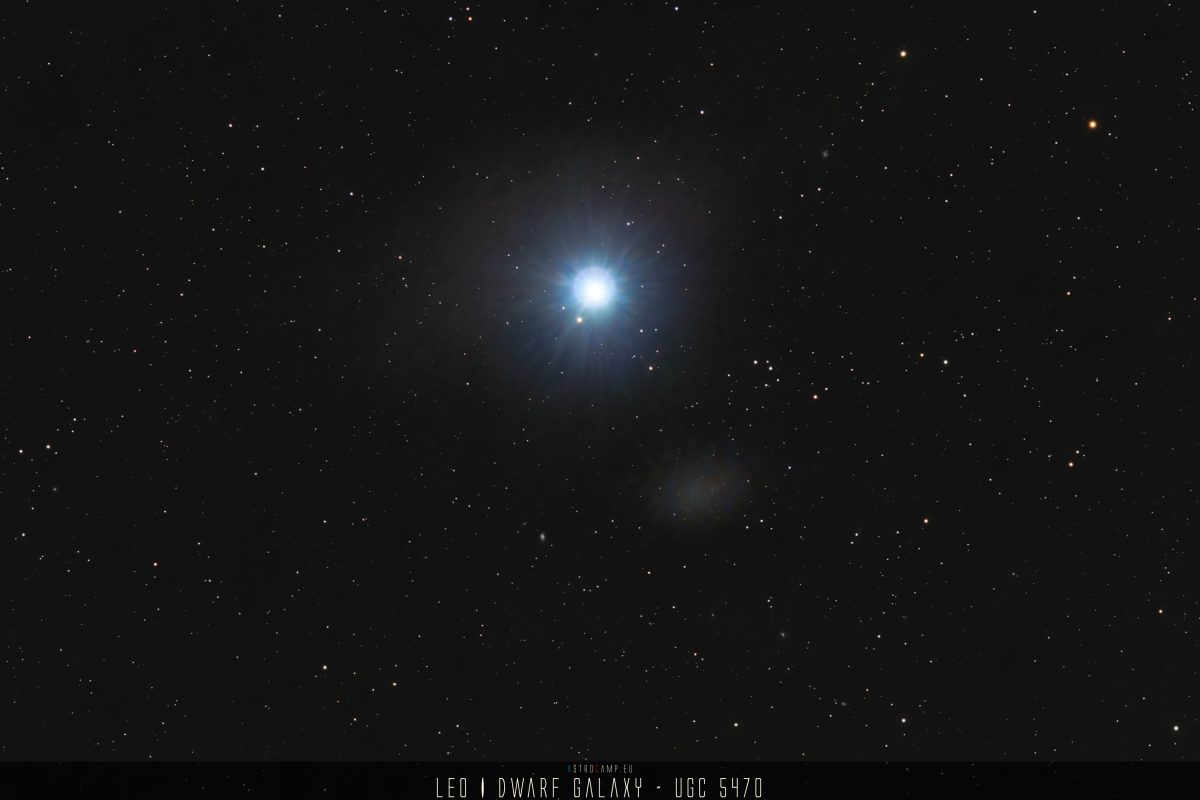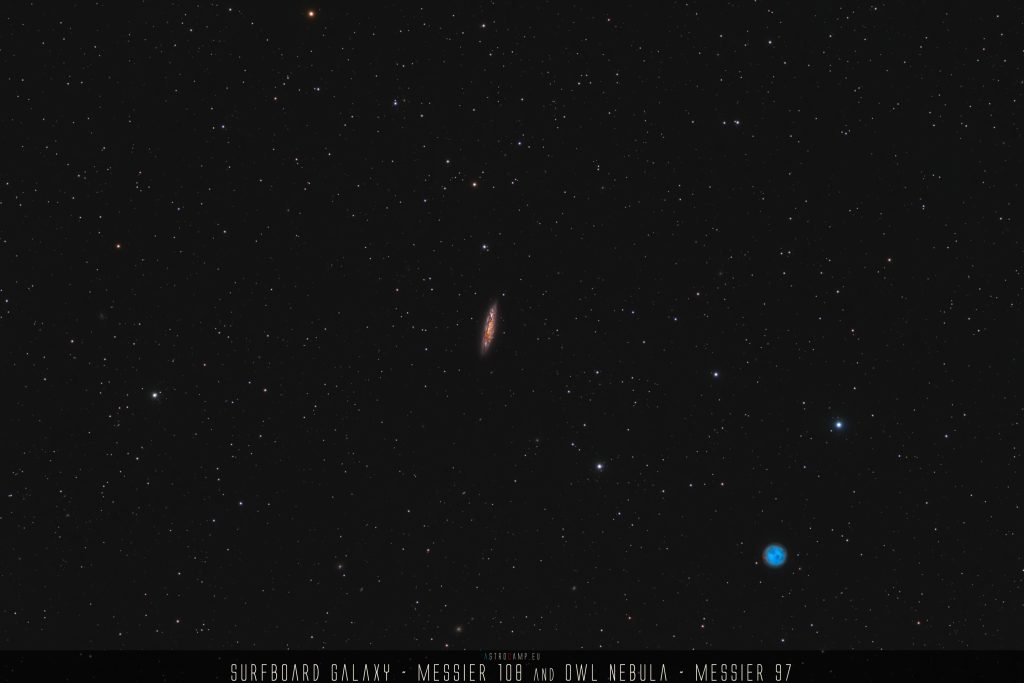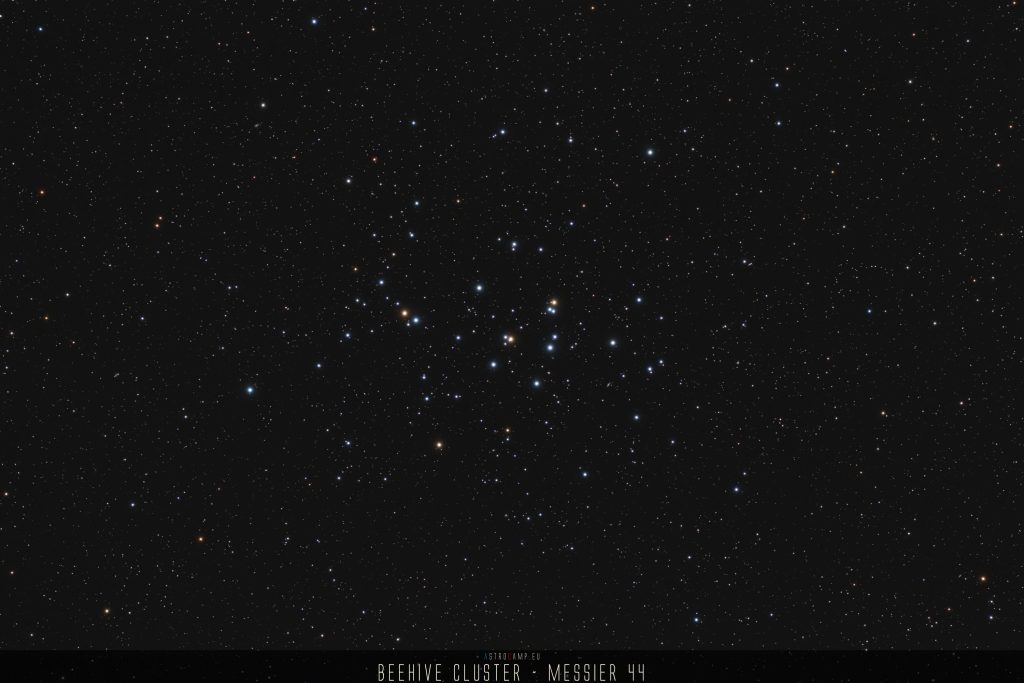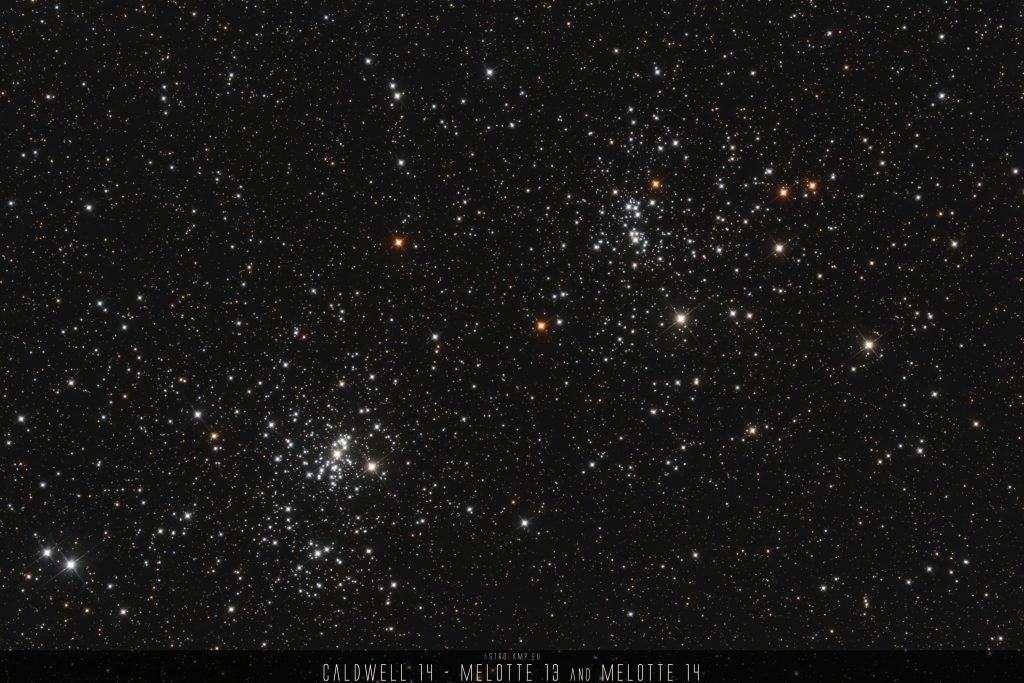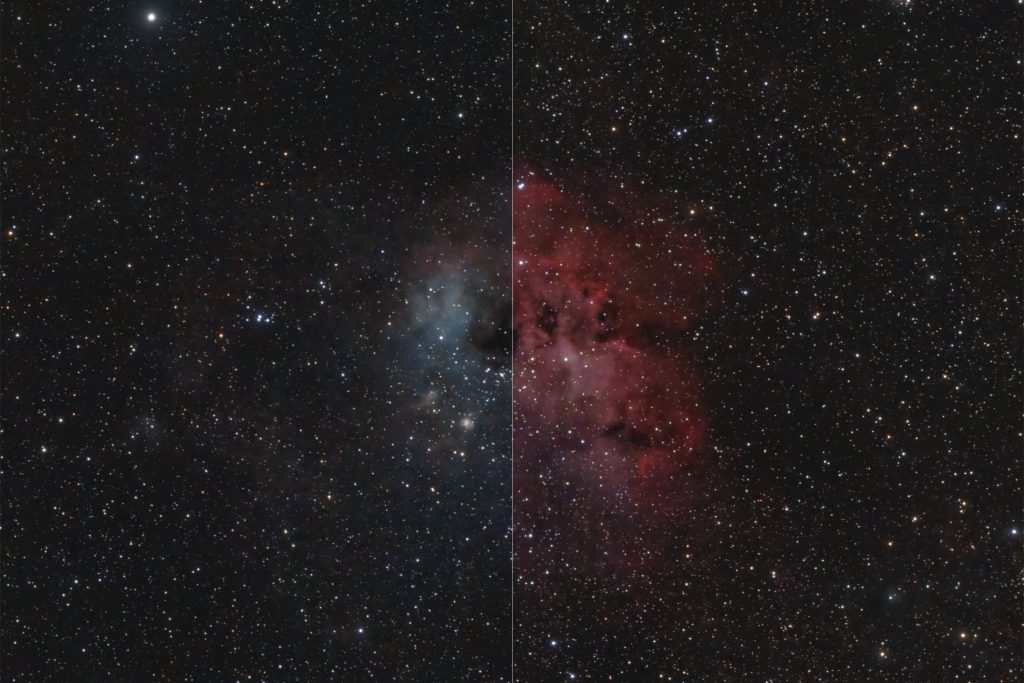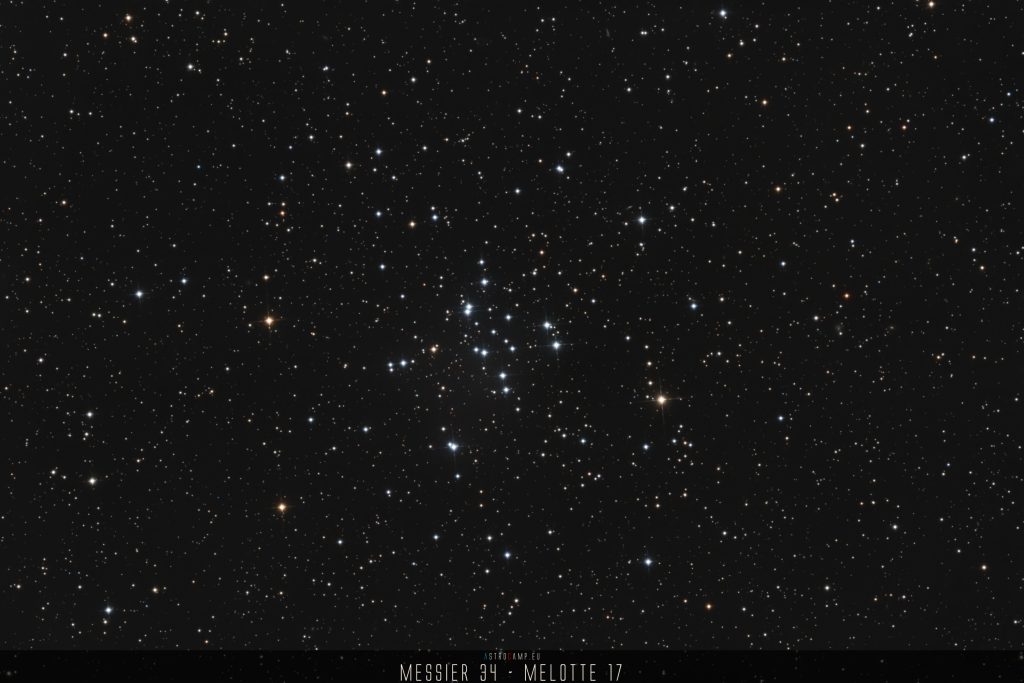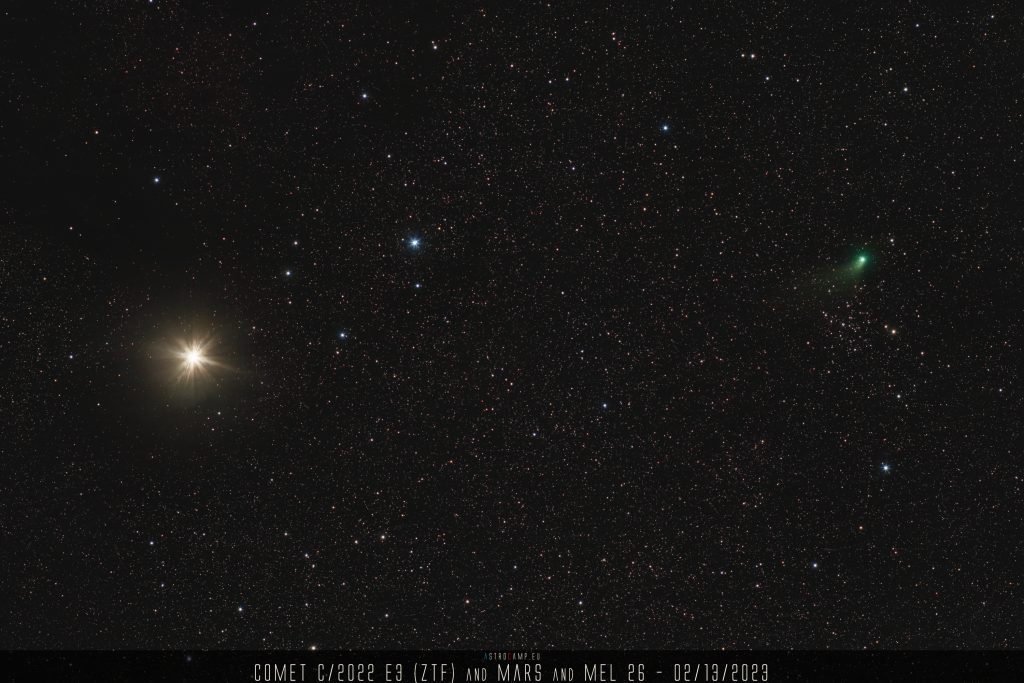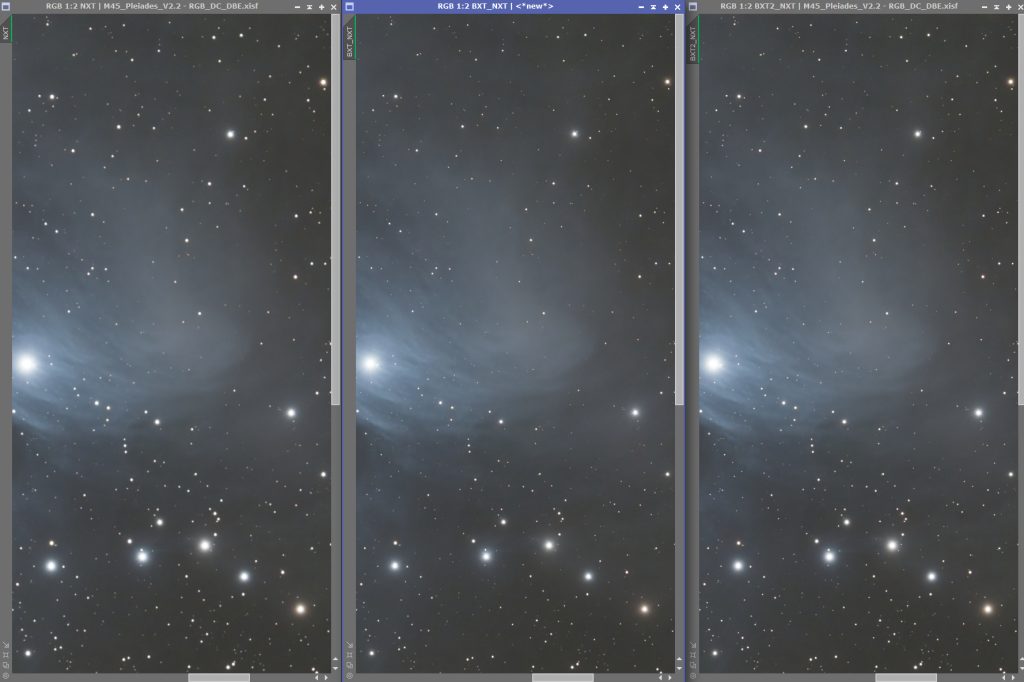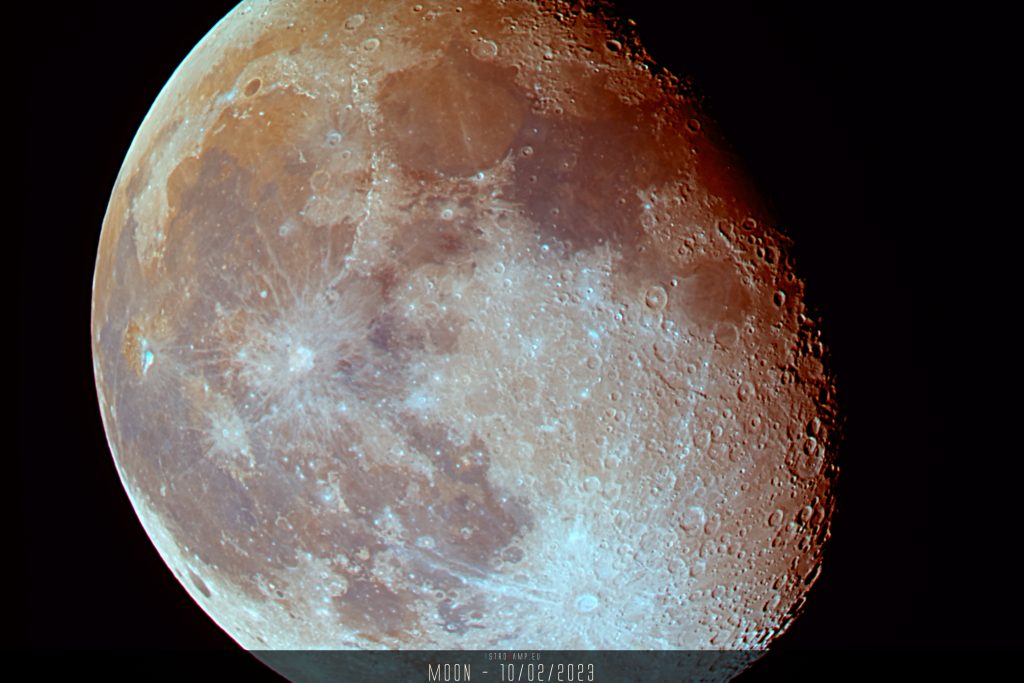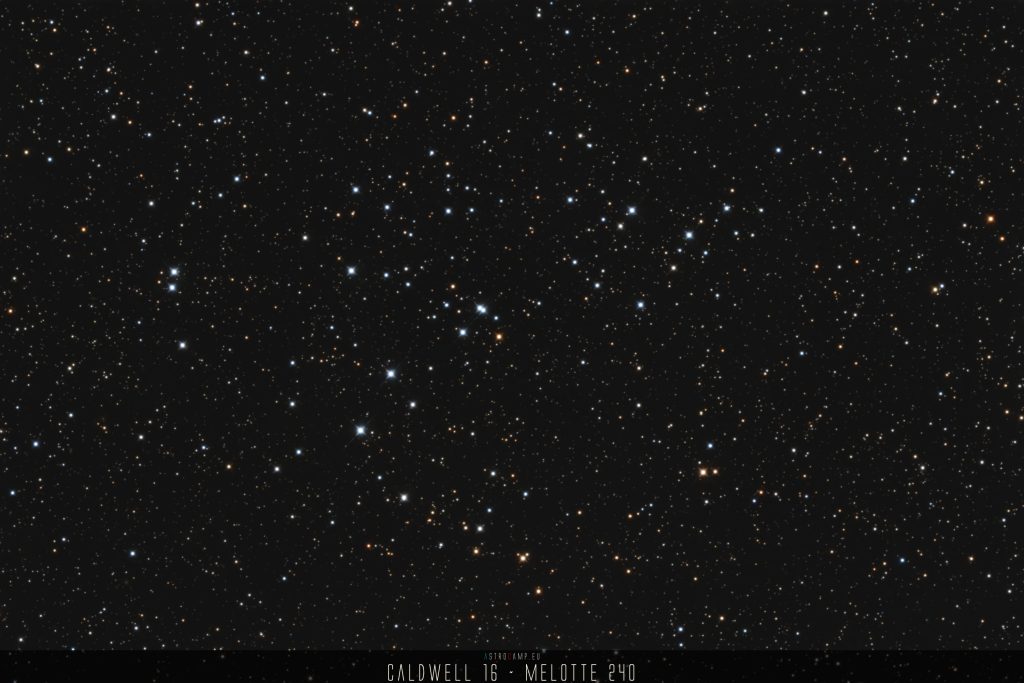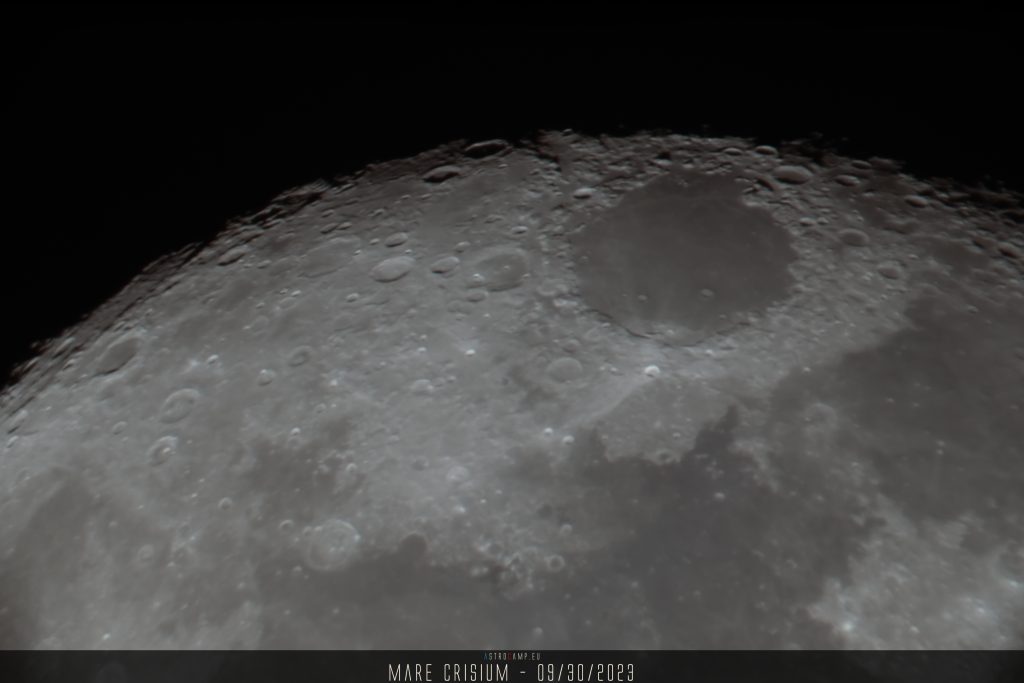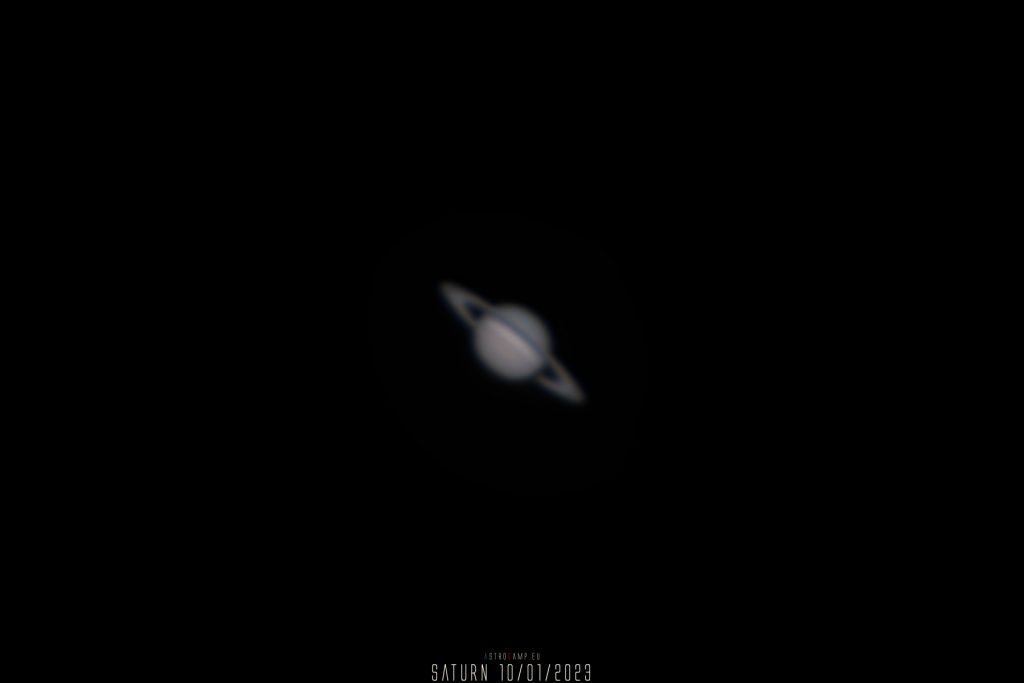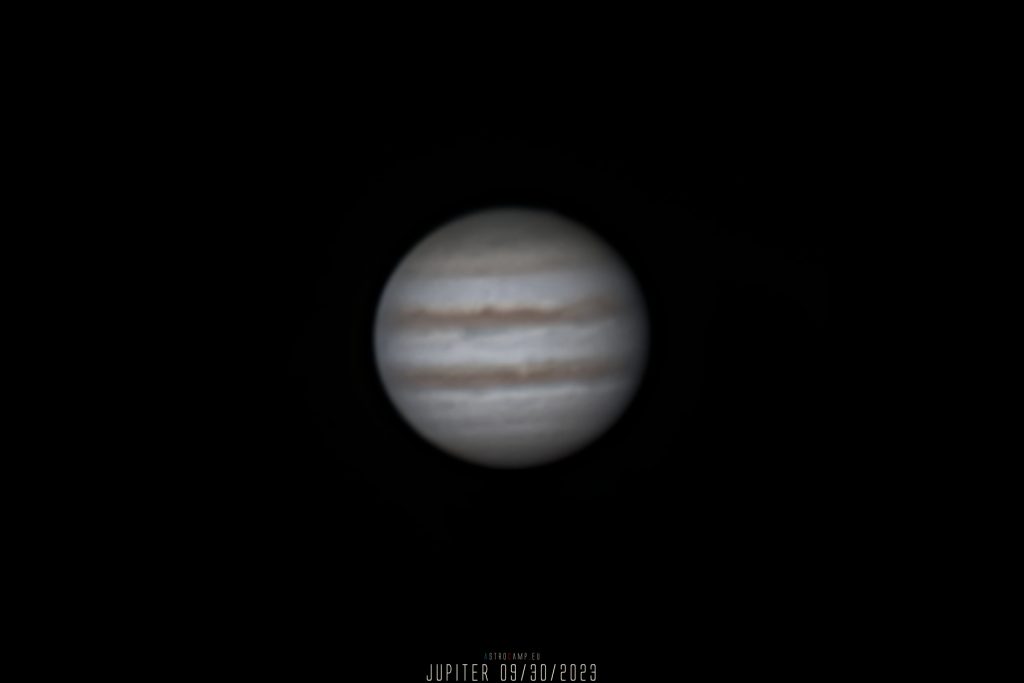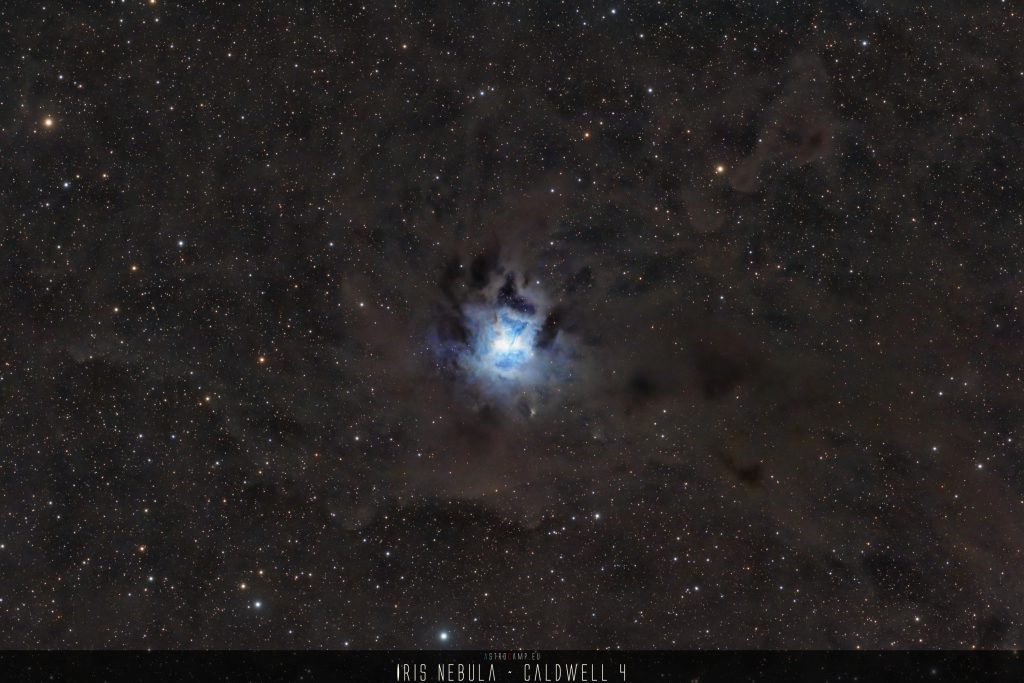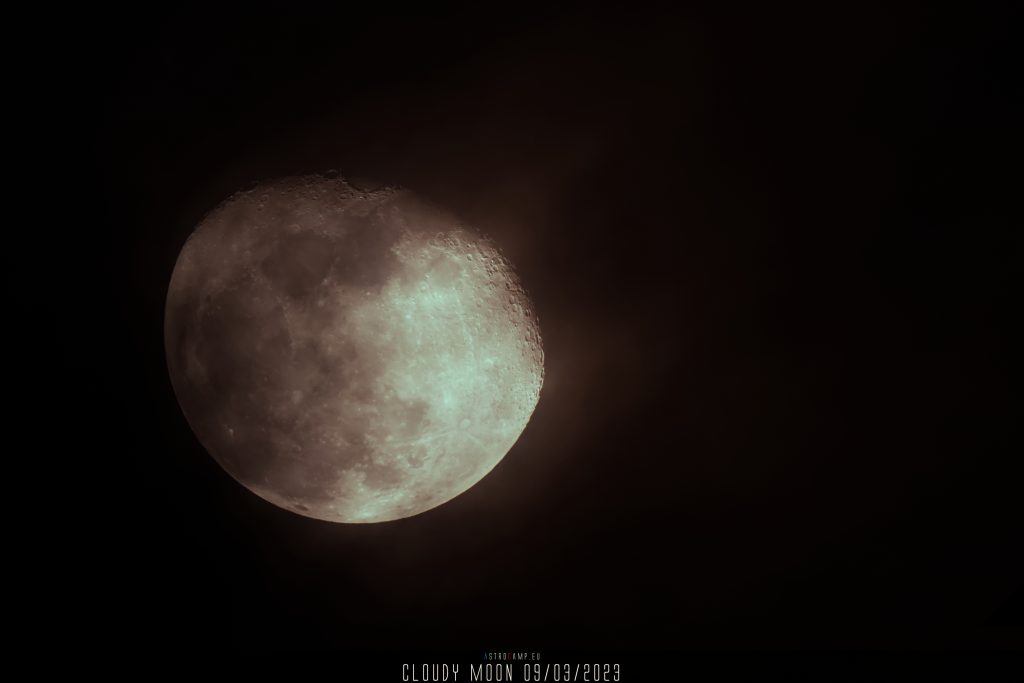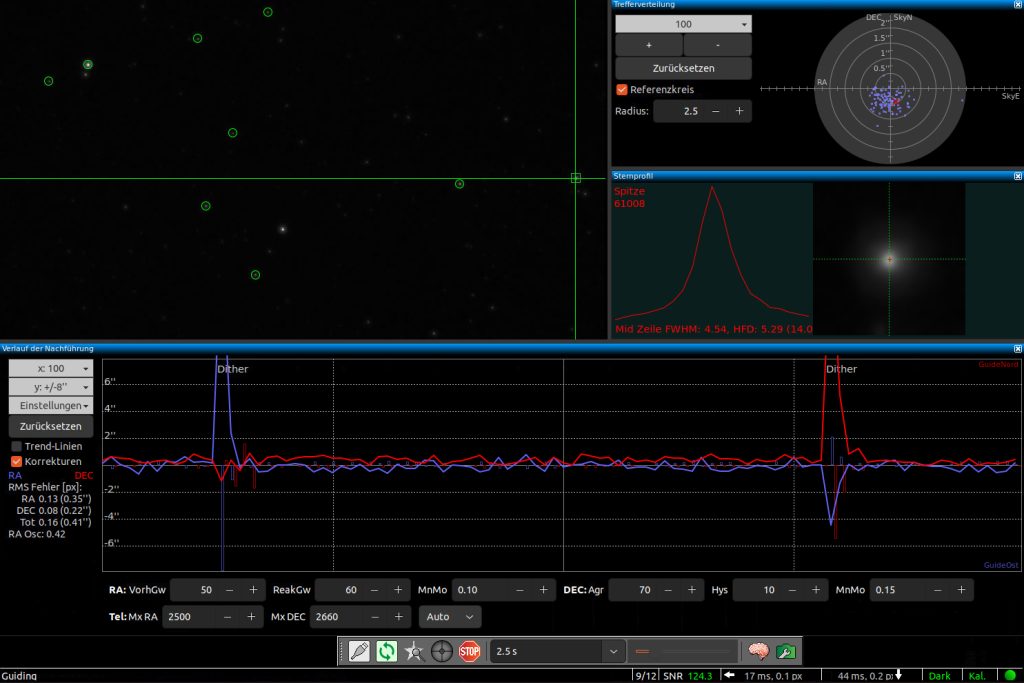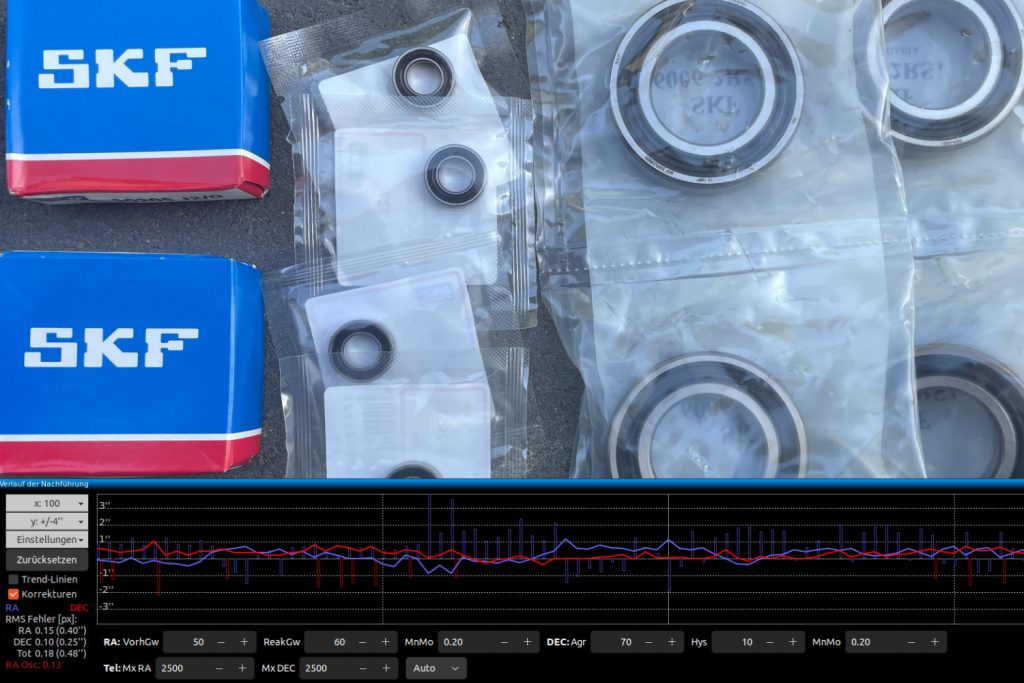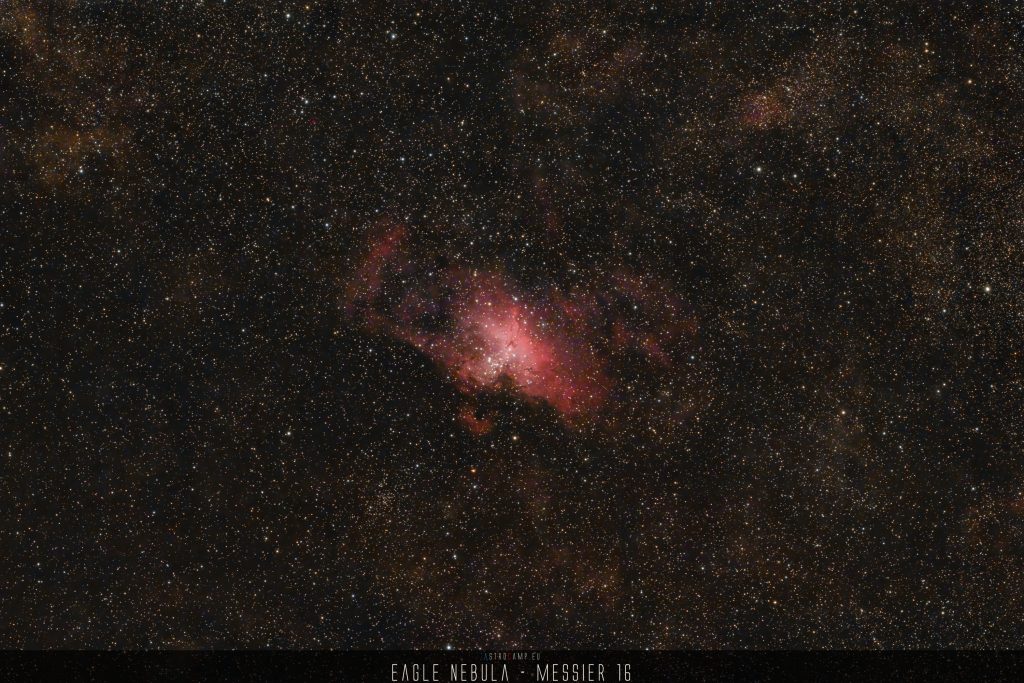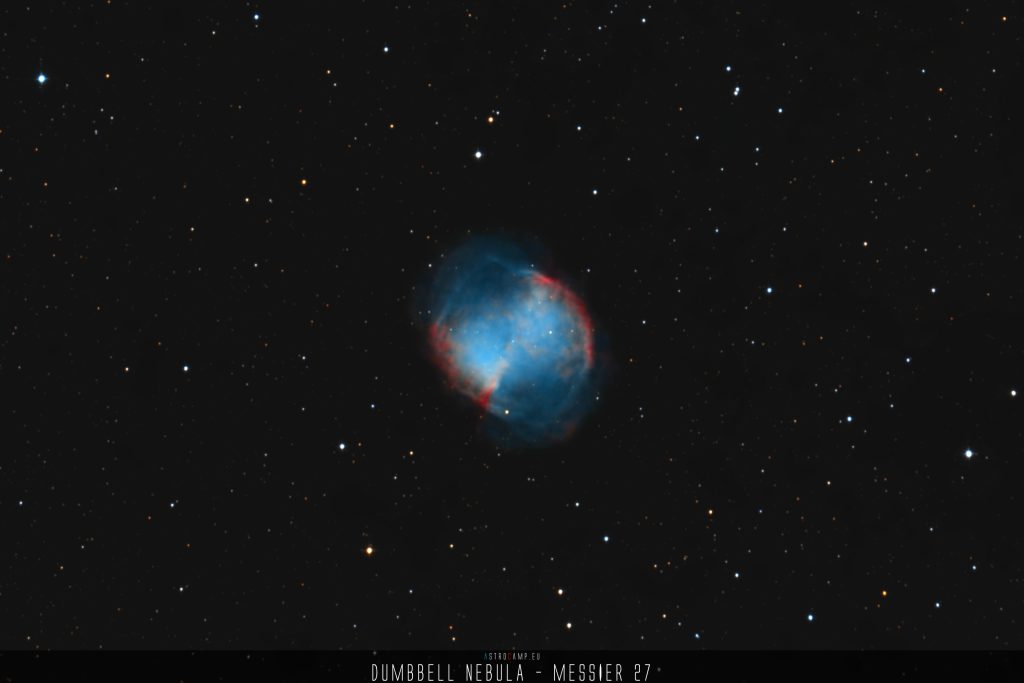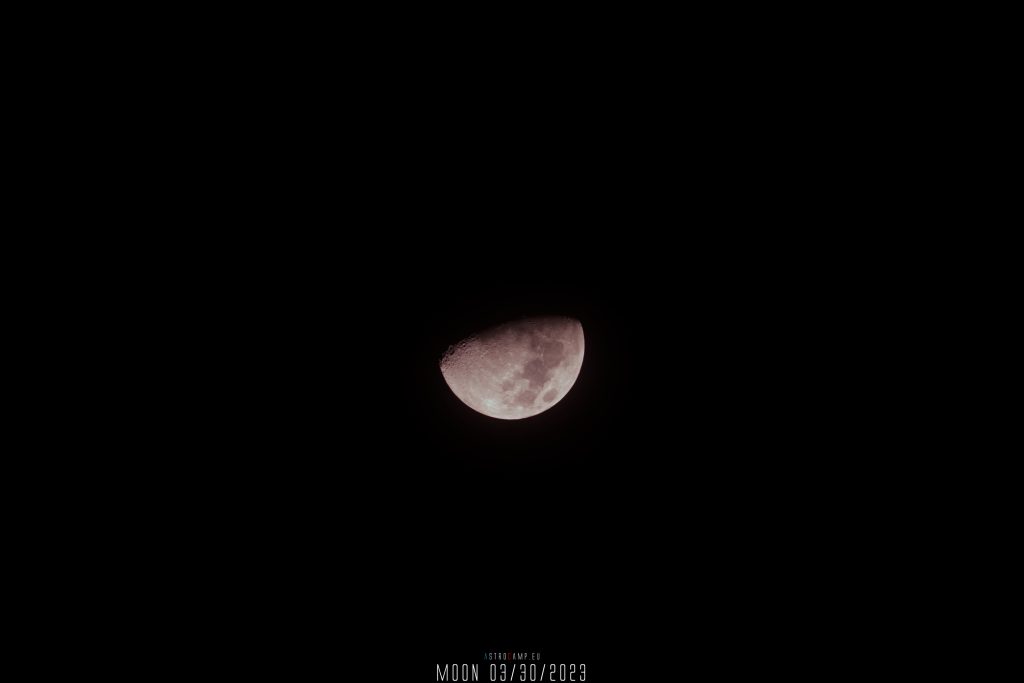Position and region
The Leo I Dwarf Galaxy is located in the constellation Leo, approximately 820,000 light-years away from Earth, and it is a satellite galaxy of the Milky Way. It is part of the Local Group of galaxies, which includes more than 50 other galaxies such as the Andromeda Galaxy and the Magellanic Clouds, among others.

Unique facts
- It is classified as a dwarf spheroidal galaxy, which means that it has a low luminosity and contains mostly old stars.
- The galaxy has an irregular shape and is elongated, measuring about 10,000 light-years across and containing only a few hundred thousand stars.
- The Leo I Dwarf Galaxy is believed to be one of the earliest satellite galaxies to have been captured by the Milky Way, and it is currently orbiting our galaxy at a distance of about 820,000 light-years.
Brightness and size
The Leo I Dwarf Galaxy is a small and faint galaxy, with an absolute magnitude of about -9.8. It has an irregular shape and is elongated, measuring about 10,000 light-years across. The galaxy has an apparent size of about 10 arcminutes, which is roughly 1/3 the size of the full moon when viewed from Earth. Despite its small size and low luminosity, the Leo I Dwarf Galaxy is an important object of study for astronomers, as it provides valuable information about the early stages of galaxy formation and evolution.
Names and numbers
- Leo I Dwarf Galaxy – This is the most common name for the galaxy and it comes from its location in the constellation Leo and its small size.
- UGC 5470 – This name is derived from the galaxy’s entry in the Uppsala General Catalogue of Galaxies (UGC), which is a well-known astronomical catalog.
- PGC 31928 – This name comes from the Principal Galaxies Catalogue, which is a catalog of galaxies and galaxy clusters.

